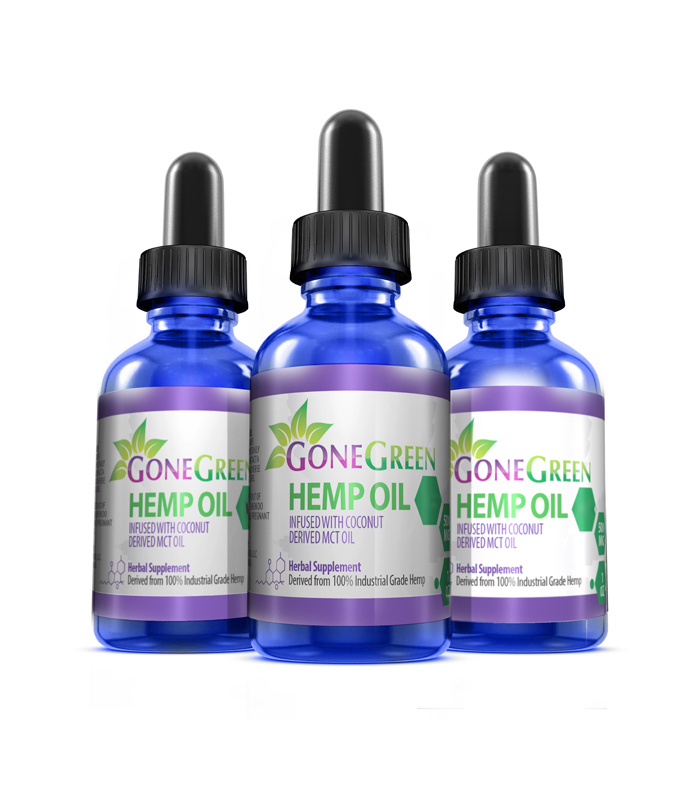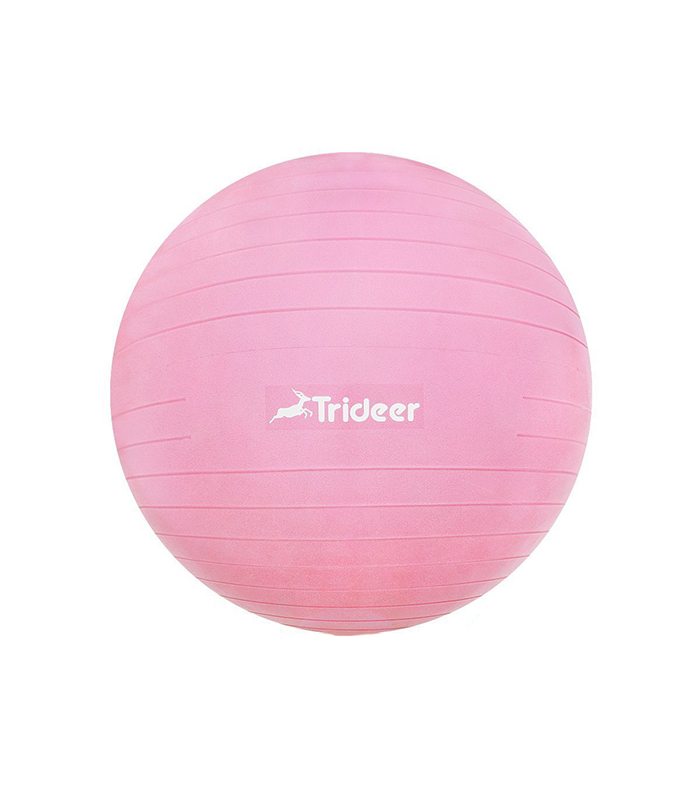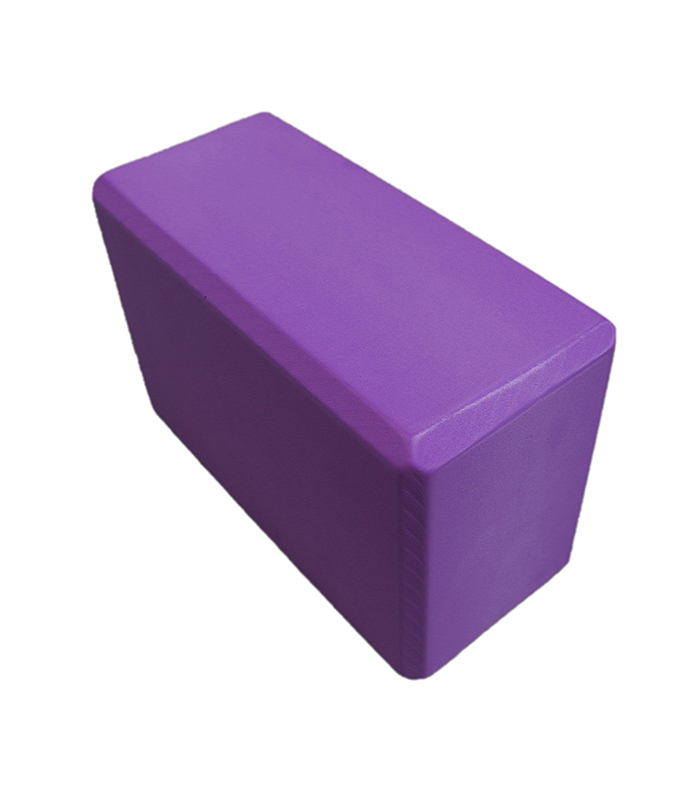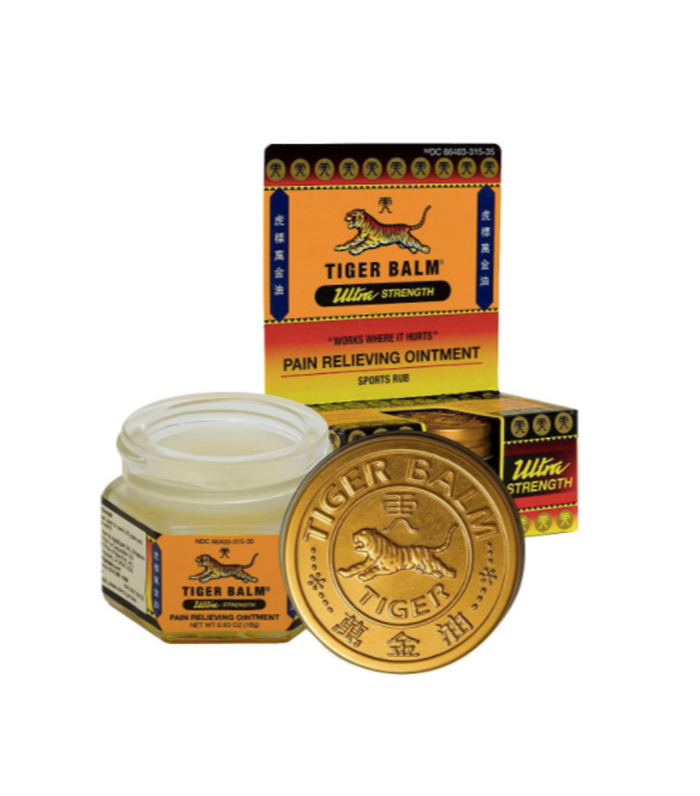My Pilates Instructor Fixed My Neck Pain in Seconds—Here's How
I happen to have a body that’s finicky, sensitive, and prone to workout injury. Thanks to a slipped disc in my lower back and sitting in front of a computer for a hefty chunk of my life, my neck and back are incredibly sensitive to pain that goes beyond feel-the-burn beneficial and enters the territory of strains and overexertion. I’m barely in my late twenties, but working out is a constant balance of pushing myself and ensuring that I don’t get injured and down for the count for longer than I’d exercised. Until now, I’ve stuck to restorative classes, my trusted CBD oil, and managing my low-key anxiety over the fact that my body isn’t as able as it looks.

On a recent trip to New York, however, everything changed. I dropped in on a class with Pilates instructor (and dear friend) Rhys Loggins at the LES outpost of New York Pilates. Mere minutes into class, I felt a familiar burning tension at the back of my neck—I prepared myself to interrupt my flow to massage out whatever knots had wound themselves up or suffer the consequences later with a stiff neck and long-lasting discomfort. But I didn’t have to stop my workout—Loggins whisked by, handed me a yoga brick, and changed how I exercise forever. By holding the yoga brick behind my head (like a pillow), I easily and instantly supported my neck and back, allowing me to continue a full rep of crunches. It was such a simple trick—how had I never thought of this before?When I shared my amazement with Rhys after class, he explained, “Yoga bricks are great for giving you a little extra neck love, because they help to connect your arms and neck with a big flat surface that can help you support your occipital/upper cervical area.” He added, “You can use your hands in the same way, but most people’s hands are smaller than yoga bricks, and when you’re doing a challenging ab series you might forget to hold your head/neck properly—and once those side-of-neck muscles take over, it’s hard to get them to turn off.”

Inspired by this “so easy it’s genius” hack, I asked Loggins if he had any other tips for injured exercisers. I’d heard the oft-repeated adage that core strength will improve a bad back, but I’d never known how to soothe my muscles while I work toward that improved core strength and stability. Loggins revealed, “So many people say ‘strengthen your core if you have a bad back,’ which is true, but it’s more complicated than that. I think viewing your body as a holistic system is important instead of just trying to address one area for a quick fix.”“If you’re having chronic back pain, I’d suggest getting it checked out before starting any kind of exercise,” Loggins warned, “but if we’re just talking about generally aching backs, strengthening your stomach muscles! Your transverse abdominis is one of your deepest ab muscles. It starts in your lower back and wraps around your waist like a corset. Focusing on activating this muscle when you’re working out will give your lower back more support.” If you’re short on time, even a few minutes can benefit your back with planking. “I’m a big fan of planks for general core/back strengthening,” Loggins added. “On my ‘lazy’ or busy days, when I’m not getting a full workout in, I’ll just do a three- to four-minute plank because they’re pretty total body.” Or, Loggins suggested, integrate your workout with your workday by using a yoga ball instead of an office chair: “Instability makes all your core muscles work that much harder.”
WATCH: Martha Hunt's 5 Workout Essentials | Just Five Things

Another simple but vital component to workout wellness? Stretching. “Working on spinal articulation is also crucial!” Noted Loggins. “Do some standing roll downs, bridges, and cat/cows are nice. Stretching the muscles that attach around your pelvis is super helpful too. Tight hamstrings will pull your pelvis and lower back out of alignment and could lead to lower-back crankiness.”If your tension is trapped in your neck and upper-back area—hello, office workers—there’s hope for you too. “For angry necks, I always try to get people to get out of their upper traps (shoulders down!) and work on little alignment and form fixes to teach them how to properly execute a crunch,” said Loggins.“I actually like being sore (maybe that’s why I teach such killer classes) because then I know I did some good work and results are on the way.” He agreed, however, that post-workout muscle stress isn’t always tolerable. For soothing sore necks and backs after a strengthening session, “I’m a huge fan of anything CBD, sauna moments, and Tiger Balm,” Loggins advised. “If you’ve never used Tiger Balm, I’d recommend it. It’s like ancient Chinese wisdom Icy Hot and smells like chai. And stay hydrated! (Duh.)”

Opening Image: Joylab
Disclaimer
This article is provided for informational purposes only and is not intended to be used in the place of advice of your physician or other medical professionals. You should always consult with your doctor or healthcare provider first with any health-related questions.

